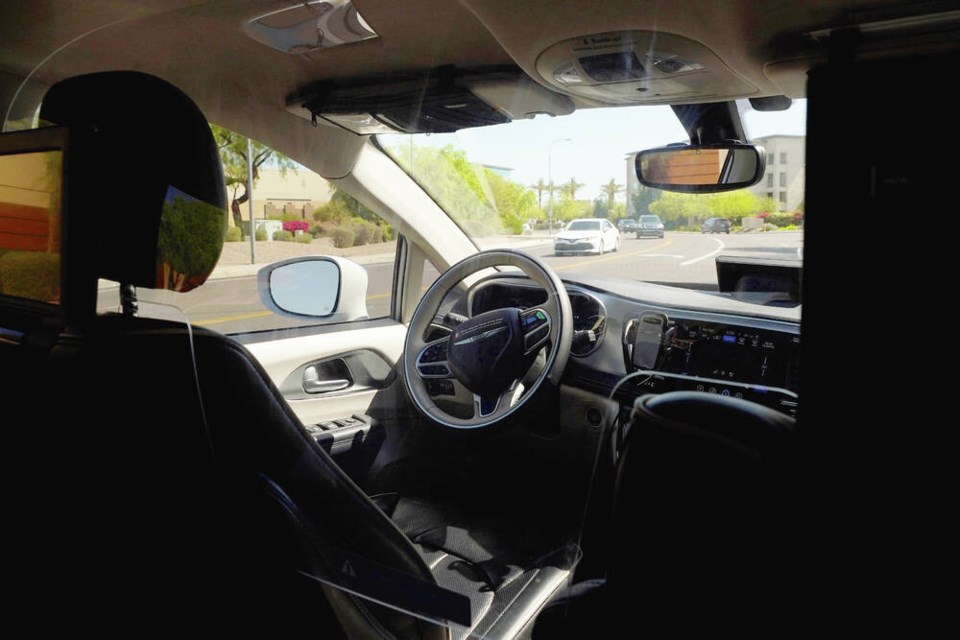An oft-used quote of baseball great Yogi Berra is: “It’s tough to make predictions, especially about the future.”
I’m no good at it myself. I don’t bet, but if I did, you would be the sure winner if you laid money down on the team opposing the one I picked — guaranteed.
So with that caveat, here’s what I imagine the future of driver safety to look like — no actual predictions intended.
The self-driving car is not just around the corner, at least for everyday, mass-market use. There are still too many bugs that need fixing, bugs that include driving over plainly visible pedestrians or driving straight into the back of stalled semi-trucks.
Aside from the still glitchy technical problems, the law is nowhere near ready to unravel and apportion blame when a self-driving vehicle tragedy occurs. Who’s really at fault if an autonomous vehicle prevents you from taking back control to avoid a hazard?
What I see is a way more graduated approach to self-driving vehicles over decades. In the interim, I see more public road space given to autonomous vehicles but in ways that are separated from other traffic. Think of it as a bike lane for self-drivers.
Why not? The infrastructure is already there, i.e. roads. Autonomous units would flow through on major arteries at intervals that far exceed current public transport methods, relieving city cores of ever-increasing congestion.
Would there be problems? Of course. Just figuring out logistics and security alone would not be cheap. Infrastructure and rule changes are always expensive.
But would those be exponentially more than a Skytrain system in the Lower Mainland, or Seattle’s much-delayed SR99 tunnel project, which ballooned to an estimated $3 billion US by the time it was open for business? Not likely.
Smaller pieces of future tech are apt to come along faster than those types of megaprojects.
For example, automatic braking systems, which rely on cameras, radar or ultrasonic sensors to measure vehicle speeds and closing distances in micro-seconds and then apply brakes much faster than any human driver, will be standard equipment on all vehicles within a few years.
This type of automation could also be used to flag roadway hazards in real time. For example, a driver could push a button linked to a GPS system to alert the appropriate agency to a rockslide or a cargo spill.
Automatic vehicle shutoff systems are also quite viable, even now. In the event of a serious crash the car will shut itself off instantly.
Social media is full of clips showing car crashes where one or both vehicles continue to flail or spiral around the road after being struck, often because a driver is unconscious or in shock. Automatic shut-off could conceivably prevent much of that.
Vehicle “black boxes” will become increasingly sophisticated. These units are already required in most current model vehicles, but only go so far. They record things like speed, brake status, engine-throttle percentage and other data, but much less than what could be found in an aircraft.
In the future, these devices might record how loud your radio was playing at the time of a crash, whether both hands were on the steering wheel, if a smart device was being operated or automatically video capture and record a collision event.
Automated enforcement systems are going to increase. Rising policing costs and reductions in street officers will continue to affect law enforcement for years to come. The sophistication of traffic-violation detection technology is increasing noticeably at the same time public demand for more enforcement on our roads is rising.
The smaller size and ease of installation of modern digital cameras means that hotspots, based on community complaints, could be easier to enforce. Quicker response to local community demands also dampens arguments from pundits who view enforcement technology as just invasions of privacy or tax grabs.
Better and more accurate GPS technology in the future will also assist finding stolen vehicles by being able to actively track hot cars fleeing from the fuzz.
Young drivers still represent the greatest danger on the roads. Yes, there are plenty of sensible and prudent young people out there, but statistically there is no argument around their over-representation in driving mishaps.
With that in mind, the future will see an app allowing parents to remotely control driving parameters for a young person, such as limiting speed (a feature already made available in Volvos), controlling the number of passengers and placing “curfews” for being behind the wheel.
Sorry kids, the future is truly not what it used to be.
So there it is — my prediction for driving safety’s future — as sure as the Canucks drinking champagne from the Stanley Cup.



